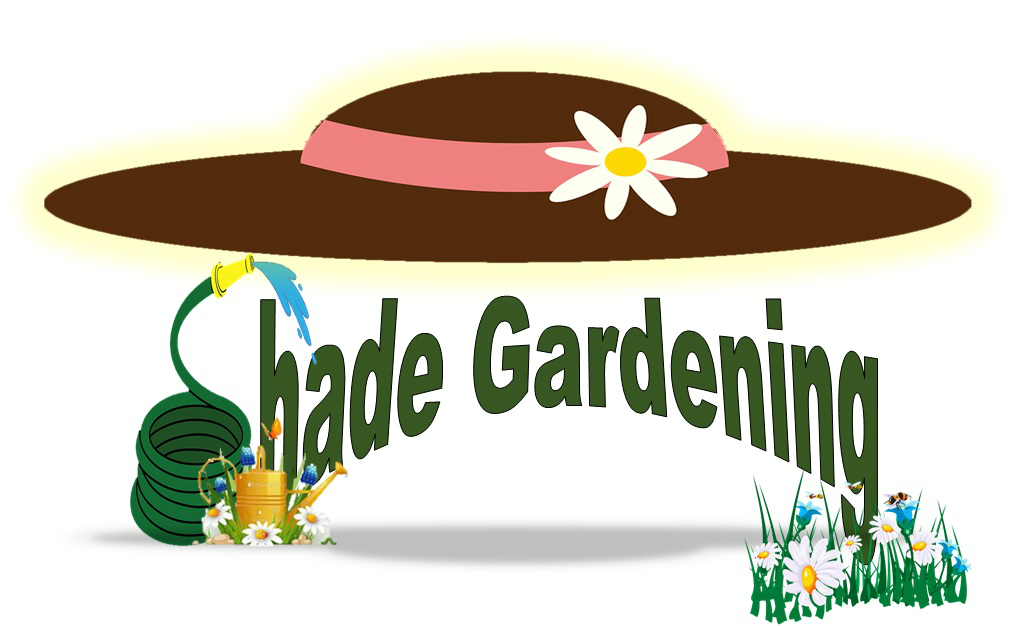Ask Master Gardener Volunteer JoAnn Green
For a lovely tropical appearance in some of your shady spots, try ornamental gingers. In North Florida gingers are tender perennials that will go dormant in the winter after a frost. Their lovely foliage will return in warmer weather and most will produce outstanding flowers in the summer and early fall. There are many varieties of gingers that will do well in shade or sun, so there is bound to be one to fit your landscape. I will share my experiences with three different ginger plants grown in my shady landscape.
Peacock Ginger, Kaempheria spp.
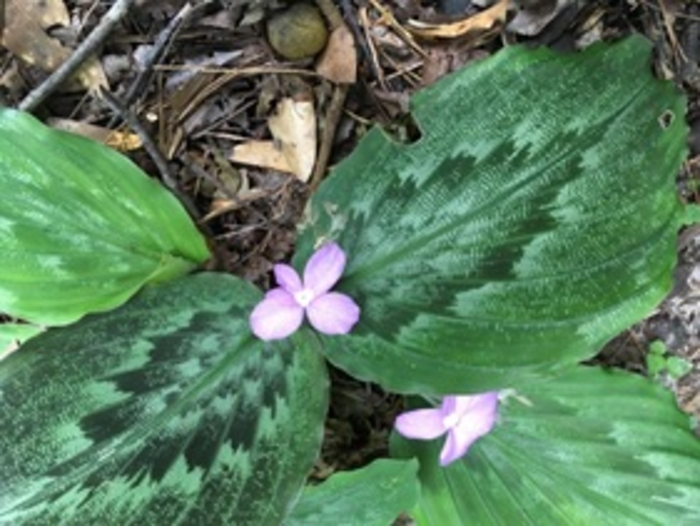
Peacock ginger makes a lovely groundcover in the shady landscape. They are a nice alternative for those who have moved here from up north and love hostas. While they do have small pink or purple flowers in the summer, it is their leaves that are the plant’s most outstanding feature. The leaves are round or oval and have bold markings of purple, bronze, or silver that give it a ‘peacock’s tail’ appearance. It is fun to watch the new leaves unfurl in mid to late May each year.
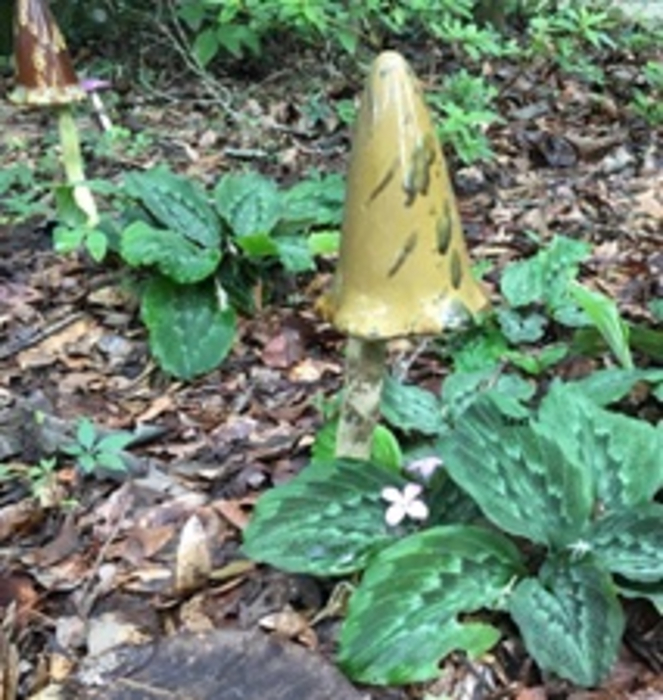
Peacock gingers do best in moist, well-drained, loamy soil. The small rhizomes will gradually spread to fill in an area in your garden. I have mine in landscape beds lined by bricks or gravel paths so I can easily pull up any plants that stray beyond their allocated spot. I also place a few pieces of ‘yard art’ beside the gingers so I can remember where they are in the landscape when they are dormant.
For more information about peacock gingers, visit this University of Florida publication: https://gardeningsolutions.ifas.ufl.edu/plants/ornamentals/peacock-ginger.html
Hidden or Surprise Ginger, Curcuma petiolaris
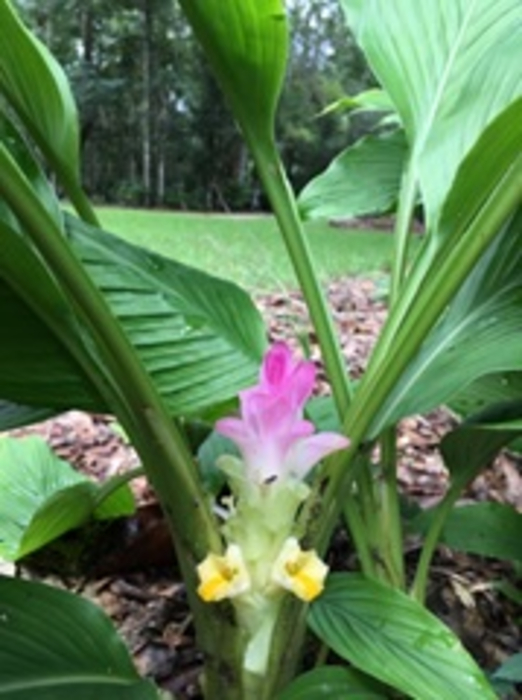
A gardener friend gave me a Hidden Ginger plant a few years ago, and now I have a small patch of 6 plants that emerge each summer. This plant gets its name from the lovely pink or white flowers that are ‘hidden’ among the fan shaped leaves. They make nice cut flowers that attract pollinators.
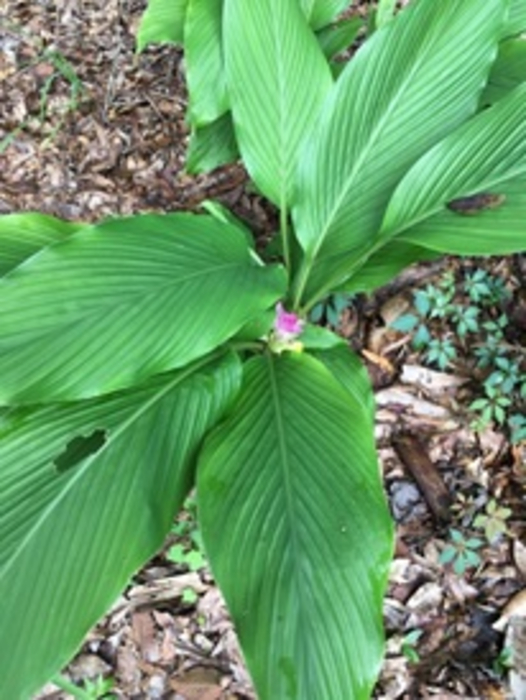
As with most gingers, Hidden gingers do best in moist, well-drained soil. They also do well in our hot and humid summers! Hidden gingers spread by underground rhizomes forming nice clumps in a brightly shaded bed. Clumps can reach 2 to 3 feet in height.
Pine Cone or Shampoo Ginger, Zingiber zerumbet
This is another attractive plant to add a tropical touch to the landscape. Pine cone gingers are tender perennials that will also die back in the winter. In the late
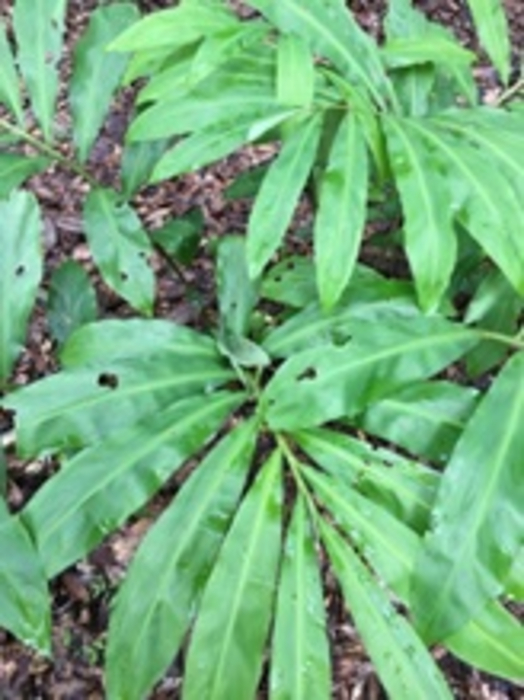
spring they will send up stalks with tropical foliage that can reach 8 to 12 inches in length. The plants themselves can reach 4-7 feet in height. My plants this year are about 3 and a half feet in height, probably because they are in fairly deep shade. This particular ginger tolerates part shade to part sun and will probably reach 7 feet if grown in more sun.
This plant gets its name from the flower stalk that resembles a red pine cone. In late summer, the ginger plant sends up a stalk with an egg-shaped bulb at the tip where cream colored flowers appear. As the temperatures begin to cool off, this bulb changes color from green to red. When squeezed, a clear, fragrant liquid seeps out that people native to southeast Asia,
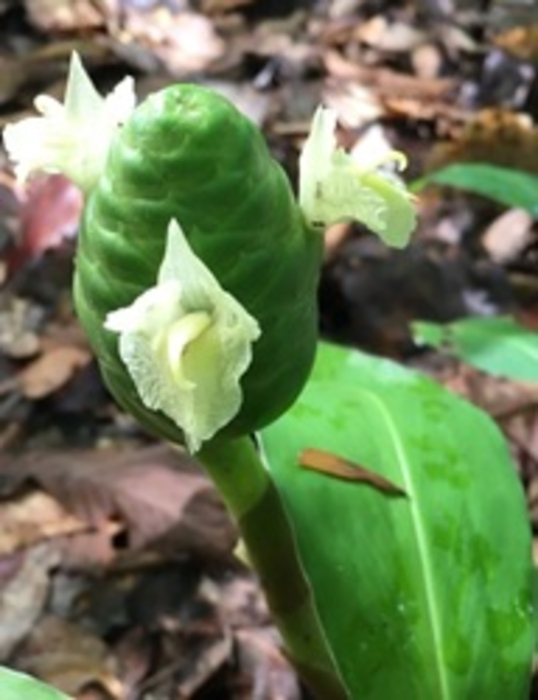
Hawaii, and other regions use as shampoo. I like to cut the flower stalks and add to cut flower arrangements in September and October where the red cone is quite unique.
This is another easy to grow ginger that has few pest problems. Pine cone gingers do well in moist, well-drained soil, and in part shade to part sun. They will spread to form a nice clump and can be divided and planted in other parts of the landscape or shared with friends. The University of Florida has additional information in this publication: https://edis.ifas.ufl.edu/pdffiles/FP/FP62200.pdf
In their July newsletter, the University of Florida Master Gardener Program included an informative article about Ornamental Gingers. Several additional ginger varieties are highlighted in this article. You might find one of particular interest: https://gardeningsolutions.ifas.ufl.edu/plants/ornamentals/ornamental-gingers.html
If you have any questions or suggestions for future articles please email to wakullamg@ifas.ufl.edu
| The Institute of Food and Agricultural Sciences (IFAS) is an Equal Opportunity Institution authorized to provide research, educational information, and other services only to individuals and institutions that function with non-discrimination with respect to race, creed, color, religion, age, disability, sex, sexual orientation, marital status, national origin, political opinions, or affiliations. U.S. Department of Agriculture, Cooperative Extension Service, University of Florida, IFAS, Florida A&M University Cooperative Extension Program, and Boards of County Commissioners Cooperating |
 0
0

